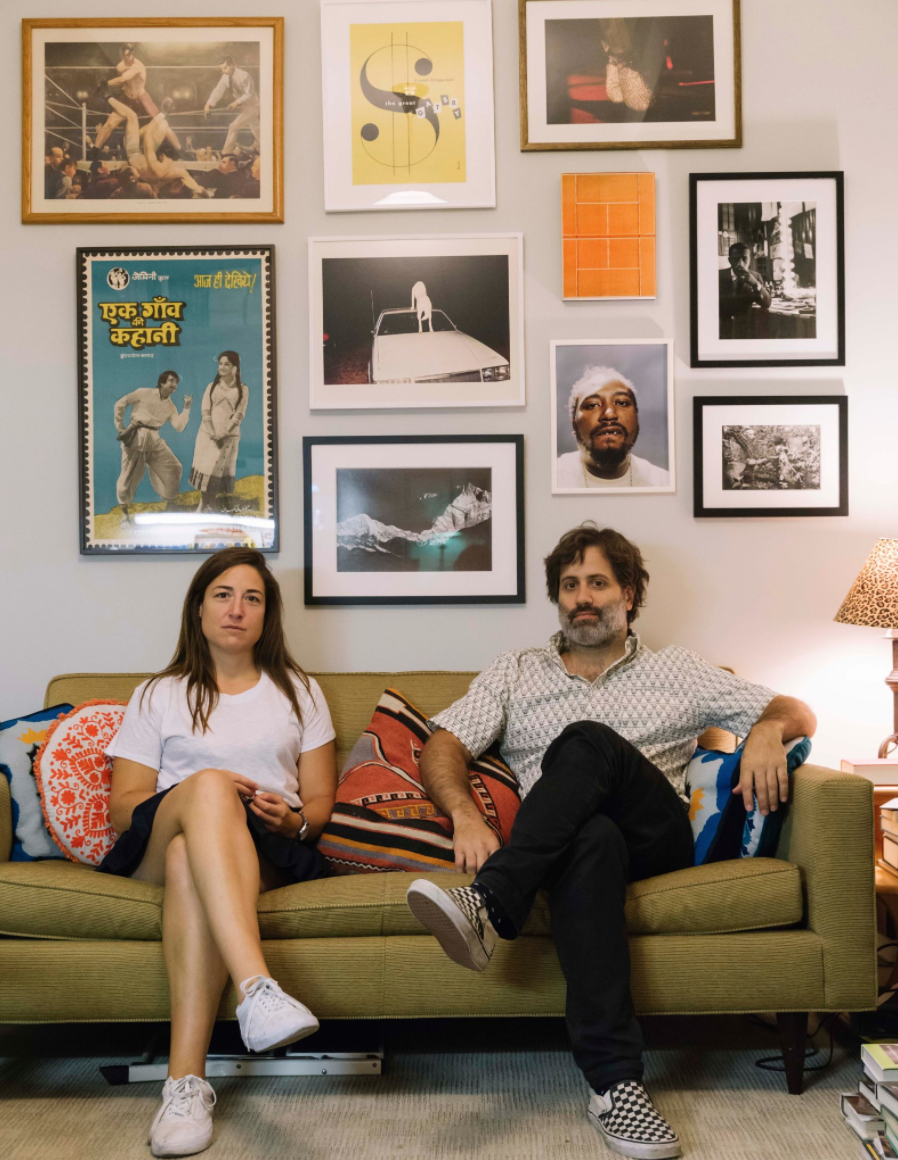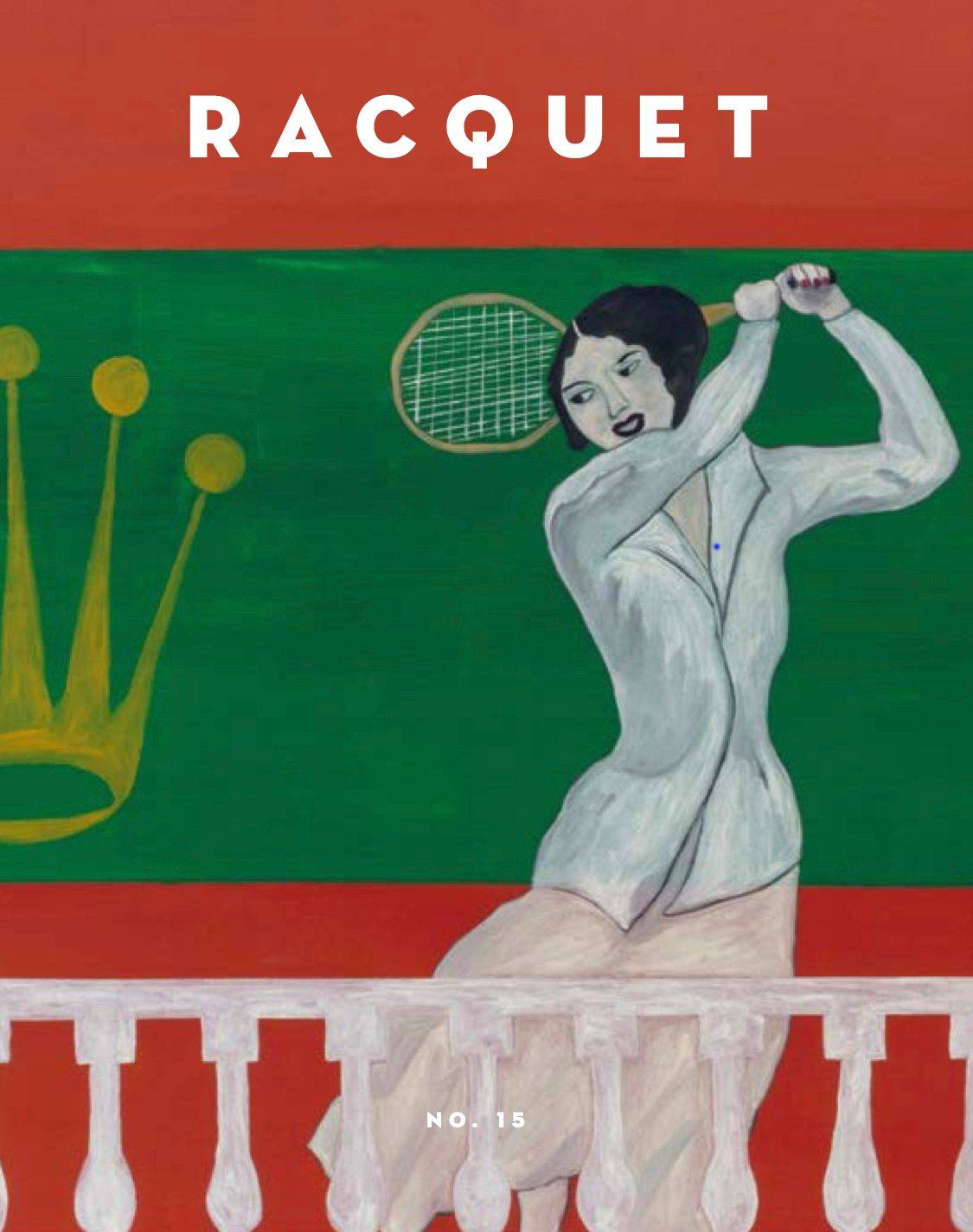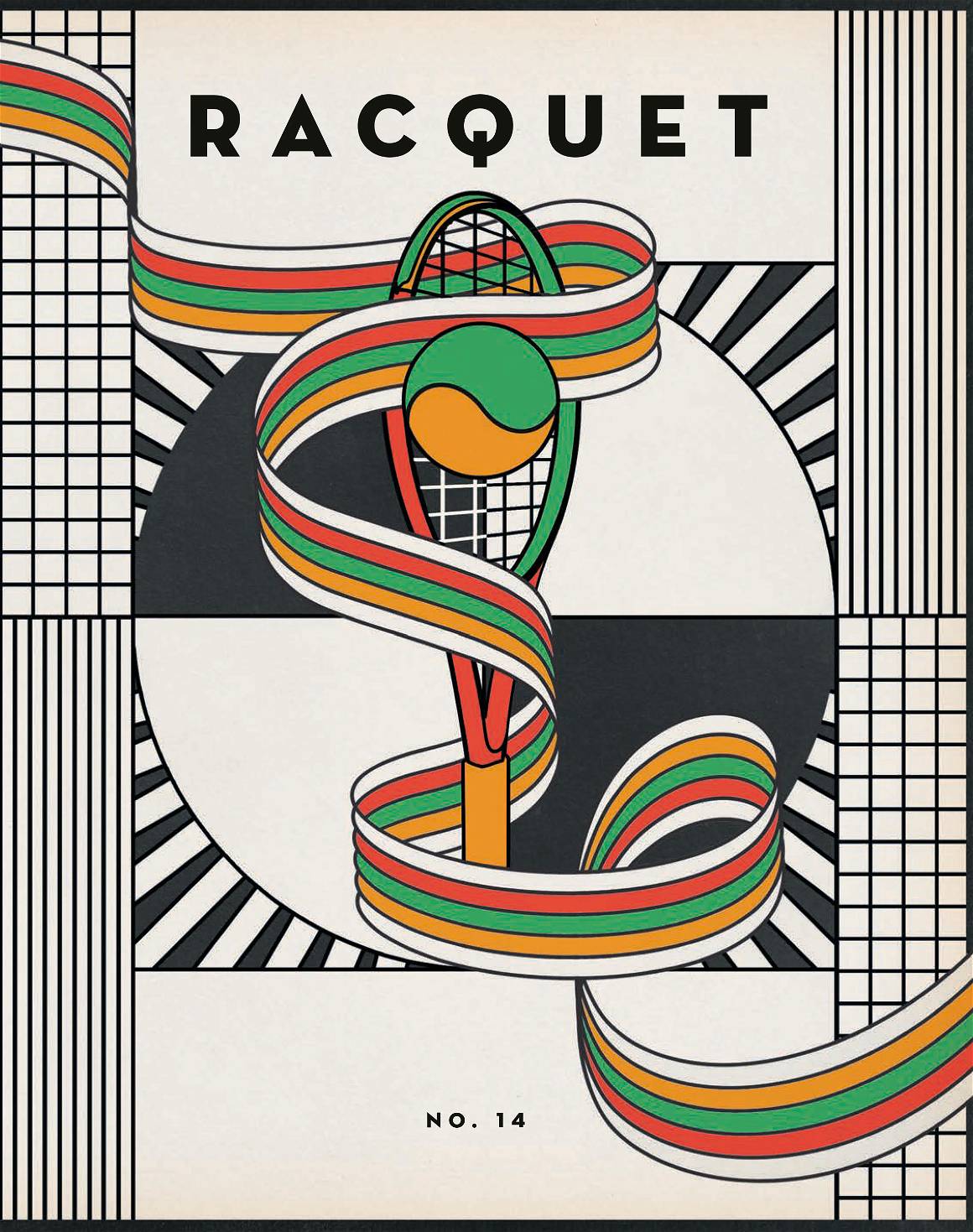The new quarterly sports magazine combining all things tennis and the culture surrounding the sport talks to IMAGO about its growth from a crowdfunded campaign to the chic and arty aesthetic print publication you can find on shelves today.

Racquet Magazine: A Celebration of Tennis and Its Rich Culture
Caitlin Thompson, co-founder of Racquet magazine, the latest tennis, art and culture print publication, sat down with us to tell us about their magazine’s evolution and growth. Read her interview in full here.
“Tennis media—especially in the states—is one-dimensional and quite ossified.”
What is your first memory of the idea to combine print editorial, tennis and the art, style and culture surrounding the sport? How did this all start?
It started with a friendship. My business partner David and I have been having this conversation about tennis and style, art, culture, history, fashion and everything in between for almost 15 years, and what started as a shared hobby and interest in both playing the game together and talking about it became a shared vocabulary and culture between the two of us. We are both journalists and we knew we wanted to do something together, but we couldn’t figure out what the container of that culture we had created would be until we started seeing other independent magazines starting to thrive. We had such a passion for print, so it was amazing to be able to do something non-digital in an era oversaturated with digital content.

Racquet magazine launched as a crowdfunding project, last year, that in the end raised $55,000. Did you have any idea of its potential success and why do you think it was ultimately so successful?
It was so nerve-wracking to launch something as a crowdfunded project, but we used it to test out the proof of concept, that a subscription model could work and that asking an audience directly to support a niche product that they felt spoke specifically to them would work. At the time, almost no media was pay walling its content or relying on subscriptions, and very few niche titles existed. So we thought of it more like: tennis deserves something like this, it’s a shame it doesn’t have anything like this already and if we make this for ourselves then we hope we can find at least a critical mass of people who’d agree. We were thinking about community even before we launched, and crowdfunding gave us a way to connect with and build a community before much else. That’s continues to be massively important to us.
What happened next? How did the magazine evolve from a crowdfunded campaign to the high-quality print magazine we see now?
We had this in mind from the very beginning, and looking back on that first issue—featuring one of our favorite players of all time, Yannick Noah—I think we both feel like it holds up well both in terms of the quality of what’s in it but also what it communicated to the world about our mission and reason for being. I think much more of our evolution has come about as we systematically look to adapt our storytelling and sensibility to other mediums, and it’s an amazing feeling to think that you’re making something for yourself and your tribe, especially as that tribe keeps growing.

You previously have said that for Racquet magazine, “the challenge, and the opportunity, is disrupting this market, which in our sport is so newly consolidated”. Could you elaborate on this notion for us.
Tennis media—especially in the states—is one-dimensional and quite ossified. In the US, one company owns the major magazine, website and tv channel, and that media company is owned by one of the most sinister media companies in the country, Sinclair, who made their news anchors read pro-Trump propaganda on their broadcasts during the past administration. When I look at the variety of voices, formats, broadcasting talent, photography that other sports enjoy and benefit from, it makes me so frustrated that the tennis media apparatus hasn’t kept apace. On the other hand, we’d have far fewer opportunities to poke the bear if the bear wasn’t so old and set in its ways.
What do you think of the idea that print is dead?
I think people who buy the idea that anything is dead have no vision.
What steps did you take in order to create such a strong artistic direction and brand?
We found talented people, and we got out of their way. We trust ourselves to know what our brand is, so people who we seek out or who come into our world have a lot of latitude to create something ambitious. A lot of what Racquet is to me is a disruption not only of the stuffy and corporate world of tennis but a prod to encourage the media in general to be less boring. Speaking to a company based in Berlin, I’d say you guys figured out how to do that a long time ago and the rest of the media world, particularly in the US, is still learning.

You bring both an independent voice to tennis and an artistic aesthetic. How do you achieve this and do you think it has had an affect on the sport outside of editorial?
The biggest sign of our success to me is that we’re influencing beyond editorial ideas—things like style, or pushing an agenda that tennis should modernize in the way it deals with issues like access, equality, diversity and sustainability. I see language around a lot of this that we were alone in using and championing five years ago being the industry standard now, and that makes me extremely proud. Our mission is to make this sport better, and that kind of conversation being the norm means we’re getting somewhere.
What are the biggest challenges in creating beautiful, meaningful and editorially sound content?
Creating the content is the easy part—we have so much we want to say, and that has only increased as we’ve gone along. The challenge is making sure the business is thriving but that we can stay independent and nimble enough to stay completely on mission.
Does managing the business side of a print magazine ever impact or hinder the creative freedom?
Of course—being a subscription-first business, we are mostly keen to satisfy and grow the group of people who buy our magazine and our products directly. That’s by far our most important measure of success, whereas most media (especially true at the time we were launching) serve advertisers first. We don’t sell ads in our magazine, but instead have positioned our business as an editorial outfit and creative agency, so we can pick and choose to work with brands who align with our philosophy and mission. This allows us to be storytellers first, and work with some commercial partners if and when we feel like our audience would be on board. We’re not selling yachts or stringing machines, you know?
How do you work with the photographers that feature in Racquet?
Every which way you can imagine. Sometimes we commission based on a particular assignment—my partner David is particularly keen on photography, design and art, so he’s incredibly involved at all points in this—and then sometimes it’s an archive we have access to that becomes curated into a feature. Sometimes photographers specialize in one weird thing, such as capturing miniatures, so we work out an assignment to showcase that world.

If Racquet only were to achieve one thing in speaking to a reader, what would you hope the one thing people take away from digesting this publication?
I would hope they feel that we’ve welcomed them in.
Your publication is still quite young. What do you see for the future of Racquet magazine?
A television channel, editions in all languages, documentary films, a streaming radio network, a true online merchandise hub in the KITH or GRAILED model, but specific to tennis. We have so many ideas!
To find out all about Racquet Magazine or buy the latest issue, visit their Website (racquetmag.com) or follow them on Instagram (www.instagram.com/racquetmag).


